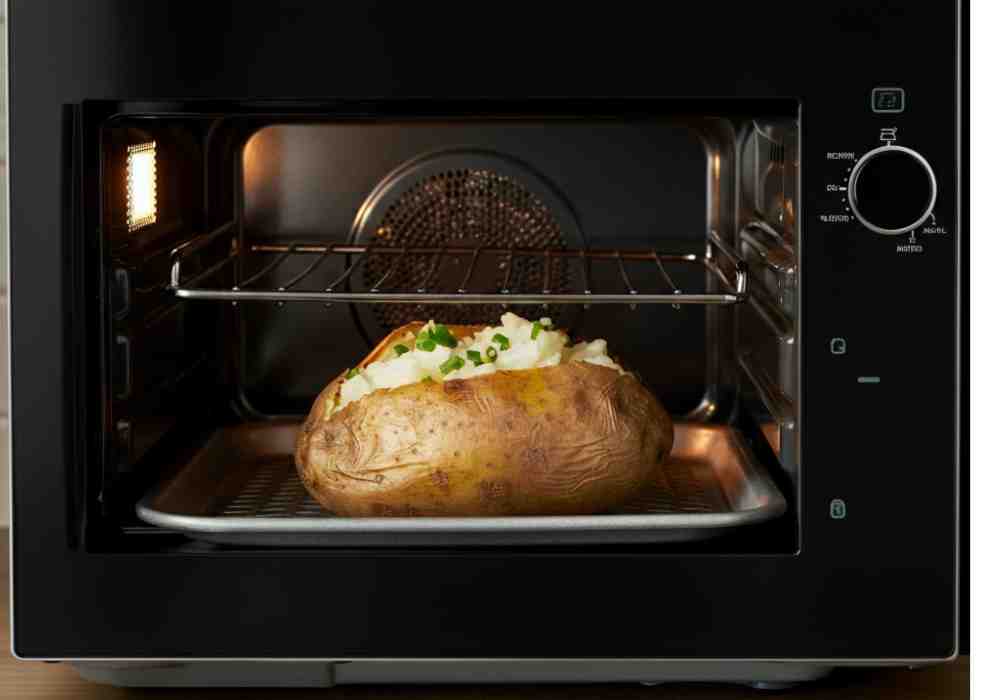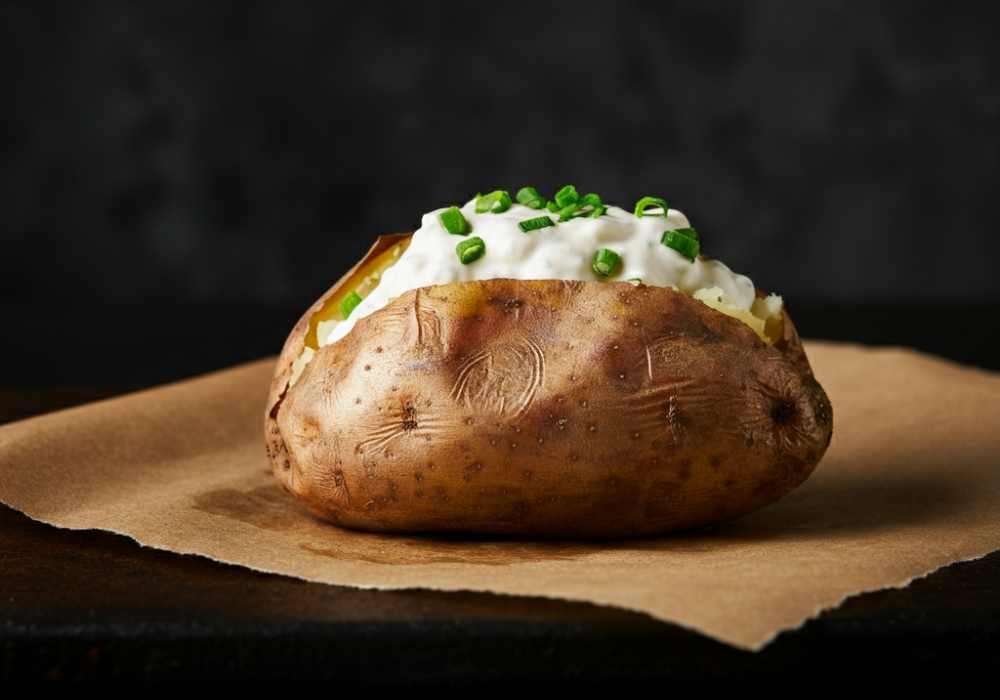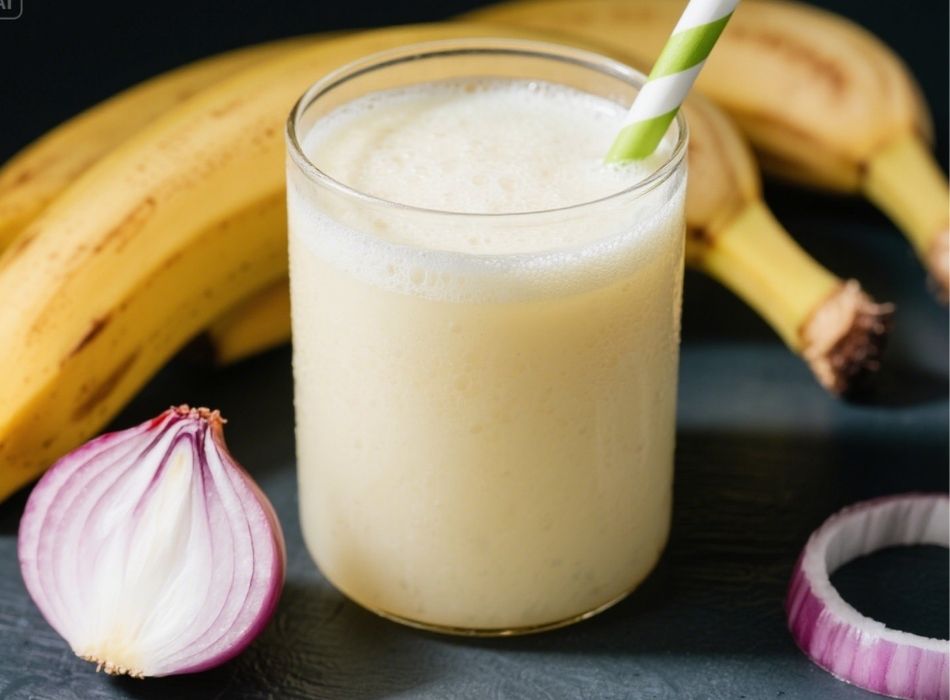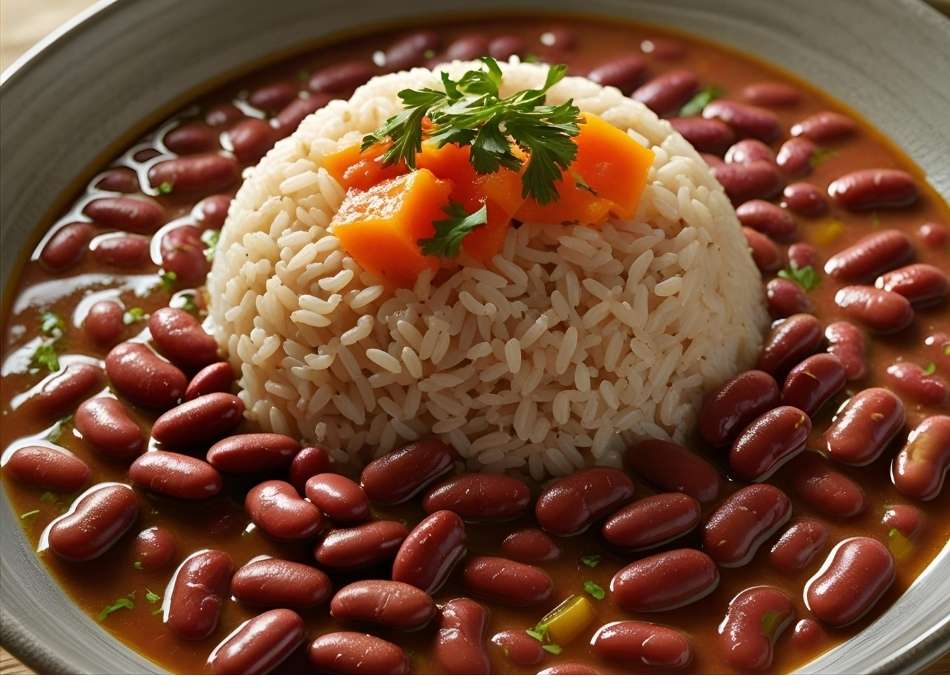Reheating a baked potato might seem straightforward, but even the simplest tasks come with standards and best practices in the food industry. Properly reheating a baked potato ensures it’s safe to consume, tastes delicious, and avoids common health hazards. Whether you’re a food industry professional, a health and safety expert, or a home cook wanting to level up your kitchen game, knowing the right equipment can make all the difference.
This article dives into the best methods and tools for reheating a baked potato while keeping food safety and quality in mind. Here’s everything you’ll learn today:
- Why reheating baked potatoes requires attention to food safety.
- Pros and cons of common reheating equipment.
- Expert tips to preserve flavor and texture.
Why Does Reheating a Baked Potato Require Special Attention?

Before we explore the equipment, it’s important to understand why reheating a baked potato isn’t as simple as it seems.
Baked potatoes are a breeding ground for bacteria if not stored and reheated properly. The Clostridium botulinum bacteria, responsible for botulism, thrive in low-oxygen environments—like the foil-wrapped baked potato you forgot to refrigerate. This makes proper handling, storage, and reheating crucial.
These bacteria can multiply if not reheated to the right temperature, posing serious health risks. Because of this, the U.S. Food and Drug Administration (FDA) recommends reheating all foods to an internal temperature of 165°F to kill harmful bacteria.
Now, onto the equipment!
The Best Equipment to Reheat a Baked Potato

Microwave Oven
Thanks to their speed and convenience, microwaves are the go-to choice for many. But are they the best option for baked potatoes?
How to Use:
- Place the baked potato on a microwave-safe plate.
- Cover it with a damp paper towel to prevent it from drying out.
- Heat it in 1-minute increments, turning it over halfway.
- Use a food thermometer to ensure it reaches 165°F internally.
Pros:
- Quick and efficient.
- Ideal for individual reheating.
Cons:
- Texture may suffer, leading to rubbery skin or uneven heat distribution.
- It is less suitable for large batches in commercial settings.
Pro Tip: After microwaving, pop the potato in an oven for a couple of minutes to restore crispiness to the skin.
Conventional Oven
The oven is a favorite among chefs and food professionals for better flavor and texture.
How to Use:
- Preheat the oven to 350°F.
- Place the baked potato directly on the rack (or a baking sheet lined with parchment paper).
- Heat for 15-20 minutes, depending on its size.
- Verify with a thermometer that the internal temperature is at least 165°F.
Pros:
- Restores the potato’s crispy skin.
- Ensures even heating for larger potatoes.
Cons:
- Takes longer than other methods.
- Consumes more energy.
The oven is particularly useful in commercial kitchens where reheating multiple baked potatoes is necessary.
Toaster Oven
Perfect for small-scale reheating in homes and small cafes.
How to Use:
- Preheat the toaster oven to 375°F.
- Wrap the baked potato in foil or leave it unwrapped if you prefer crispy skin.
- Heat for about 15 minutes.
Pros:
- It has benefits similar to those of a conventional oven but with faster preheating.
- Great for preserving texture.
Cons:
- Limited capacity—best for one or two potatoes at a time.
Pro Tip: Brush the potato skin with olive oil or butter for extra flavor during reheating.
Stovetop (Skillet or Pan)
If you’re feeling experimental or don’t have access to an oven or microwave, try the stovetop method.
How to Use:
- Cut the baked potato into halves or slices for even heating.
- Heat a skillet over medium heat with some butter or oil.
- Cook the potato pieces on each side for 3-5 minutes, pressing them gently for crispy results.
Pros:
- Creates a crispy, golden-brown finish.
- A unique method to refresh leftover potatoes.
Cons:
- Requires slicing, which may not work for all recipes.
- It is time-consuming to reheat multiple potatoes.
This method is perfect for creative uses like loaded potato skins or hash.
Steam Oven
Steam ovens are a premium choice typically found in commercial kitchens. Using steam to reheat ensures the potato stays moist without becoming soggy.
How to Use:
- Place the baked potato in the steam oven.
- Set the temperature to 212°F for about 10-15 minutes.
Pros:
- It retains moisture and prevents the potato from drying out.
- Excellent for reheating in bulk.
Cons:
- Expensive and impractical for home use.
- Requires additional equipment knowledge.
If your restaurant has a steam oven, it’s an excellent choice for batch reheating.
Expert Tips for Reheating Baked Potatoes
To get the best results, keep these tips in mind:
Storage Matters: Always refrigerate leftover baked potatoes within 2 hours of cooking to prevent bacterial growth.
Add Moisture: Use damp paper towels, oil, or butter to keep the potato from drying during reheating.
Check the Temperature: Always use a food thermometer to ensure it reaches 165°F internally.
Keep It Crisp: For the oven or toaster oven, coatings like olive oil, butter, or a sprinkle of salt can help restore crispy skin.
Avoid Plastic Containers: If microwaving, transfer the potato to a microwave-safe plate instead of reheating it in plastic containers.
Why Food Safety Experts Recommend Using Thermometers
Reheating is as much about safety as it is about taste. A food thermometer ensures you’ve heated the potato enough to eliminate harmful bacteria. This is especially important in commercial settings where food safety standards are non-negotiable.
Invest in a reliable food thermometer—whether it’s digital or analog. It’s an inexpensive tool that can save your kitchen or restaurant a lot of trouble.
Wrap-Up: Choose the Right Tool for the Job
Reheating a baked potato may appear simple, but the right equipment can improve its quality and safety. Whether you’re a chef in a fast-paced restaurant or a home cook bringing leftovers back to life, understanding these methods ensures perfectly reheated potatoes every time.
Here’s a quick summary of the best tools:
Microwave for speed.
Conventional oven for texture.
Toaster oven for small batches.
Stovetop for creative uses.
Steam oven for commercial kitchens.
With these tips and tools, you’ll
Frequently Asked Questions
1. Can I store baked potatoes in the fridge?
Yes, baked potatoes can be stored in the refrigerator for up to 4 days. Ensure they are cooled to room temperature, wrapped tightly in foil, or stored in an airtight container before refrigerating.
2. Is it safe to reheat baked potatoes more than once?
While it is technically safe to reheat baked potatoes more than once if they are handled correctly, it is best to limit reheating to just one time. This ensures the quality and safety of the food remain intact.
3. What is the best way to reheat baked potatoes?
The best way to reheat baked potatoes is in the oven or toaster oven at 350°F (175°C). This method helps restore their crispy skin and fluffy interior, though microwaving or pan-heating is also acceptable for quicker results.
4. Can I freeze baked potatoes?
Yes, you can freeze baked potatoes. For the best taste and texture, wrap them in foil or airtight, freezer-safe bags and consume them within 1-2 months.
5. What toppings can I add to reheated baked potatoes?
To enhance the flavor of reheated baked potatoes, you can top them with sour cream, cheese, chives, bacon bits, or even a dollop of butter. Feel free to get creative with your favorite toppings!
Conclusion
With the right equipment and best practices, baked potatoes can be reheated safely and effectively without compromising taste and quality. Remember to prioritize food safety by using a thermometer to check the internal temperature and allow the potato to cool before reheating. And for added flavor, don’t be afraid to get creative with toppings or add moisture if needed. With these tips, you can reheat baked potatoes like a pro every time. Happy cooking! End of Document










